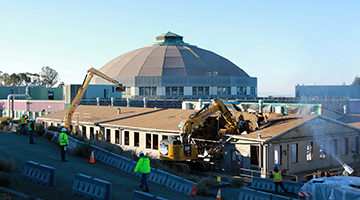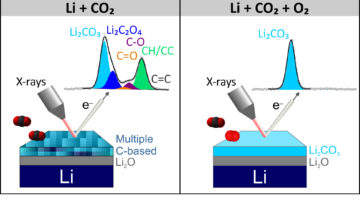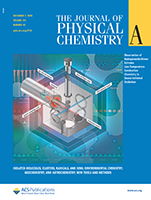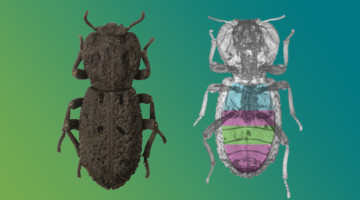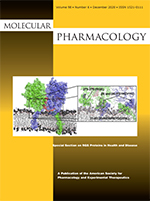Coming from the Office of the Chief Financial Officer, Janice Krueger is no stranger to the Laboratory. She’s excited to get closer to the science by joining the ALS community. Read on to see how she’ll stock her office when we get back on site. Read more »
All News & Updates
Demolition Day: Building 7, Last Bastion of “Old Town,” Makes Way for the Future
On Saturday morning, November 28, 2020, a demolition crew made quick work of de-constructing Building 7, a 75-year-old two-story wooden structure adjacent to the Advanced Light Source (ALS) and the last holdout from a cluster of buildings in the area known as “Old Town.” Read more »
Newly Discovered Photosynthesis Enzyme Yields Evolutionary Clues
Scientists have discovered a primitive form of rubisco, a photosynthesis enzyme that has helped shape life on Earth. Detailed information about its structure, determined using complementary techniques at the ALS, will help scientists understand how carbon-fixing organisms oxygenated the atmosphere and how modern plants evolved. Read more »
New Insights into Lithium-Metal Surface Reactions for Next-Generation Batteries
In this work, researchers studied how CO2 gas modifies the chemical composition of lithium-metal surfaces. A better understanding of the interactions between lithium and surrounding gases will help design stabilization strategies and move from lithium-ion technology to high-energy-density technologies based on lithium metal. Read more »
From Stripes to Skyrmions in a Surprising Material
Researchers showed that tiny bubbles of ordered spins (skyrmions) can be induced to form in a material previously considered incompatible with skyrmion formation. The discovery opens up a new class of material systems that exhibit technologically desirable nanoscale features attractive for spintronic applications. Read more »![]()
![]()
Super-Resolution Measurement of X-Ray Mirrors
ALS researchers, in collaboration with software and nanofabrication small businesses, developed a way to improve the accuracy of instruments that measure the surfaces of x-ray mirrors. The work significantly improves the quality of the data needed for the fabrication and optimal performance of advanced x-ray beamlines and space telescopes. Read more »![]()
![]()
Extreme Low-Temperature Combustion Chemistry: Ozone-Initiated Oxidation of Methyl Hexanoate
The accelerating effect of ozone on the oxidation of methyl hexanoate was probed with time-of-flight mass spectrometry. A new oxidation regime was observed at temperatures below the well-known low-temperature chemistry regime. The results indicate that the chemistry in this regime is initiated by thermal ozone dissociation and subsequent H abstraction from methyl hexanoate by O atoms. Read more »
Microstructures Explain Beetle Exoskeleton Strength
Using microtomography and other techniques, researchers identified the exoskeletal toughening mechanisms that explain the crush resistance of the aptly named diabolical ironclad beetle. The observations could be applied in developing tough, impact- and crush-resistant materials for joining dissimilar materials. Read more »![]()
![]()
Evidence of a magnetic transition in atomically thin Cr2TiC2Tx MXene
2D magnetic materials have recently attracted significant interest as model systems to understand low-dimensional magnetism and for potential spintronic applications. Here, we report on synthesis of Cr2TiC2Tx MXene and a detailed study of its magnetic as well as electronic properties. Read more »
Domain-Swap Dimerization of Acanthamoeba castellanii CYP51 and a Unique Mechanism of Inactivation by Isavuconazole
We investigated the mechanism of action of antifungal drugs in the human pathogen Acanthamoeba castellanii. We discovered that the enzyme target formed a dimer via an N-termini swap, whereas drug-bound AcCYP51 was monomeric. Cover image shows a molecular model of the AcCYP51 dimer in a phospholipid bilayer. Read more »
- « Previous Page
- 1
- …
- 58
- 59
- 60
- 61
- 62
- …
- 139
- Next Page »

